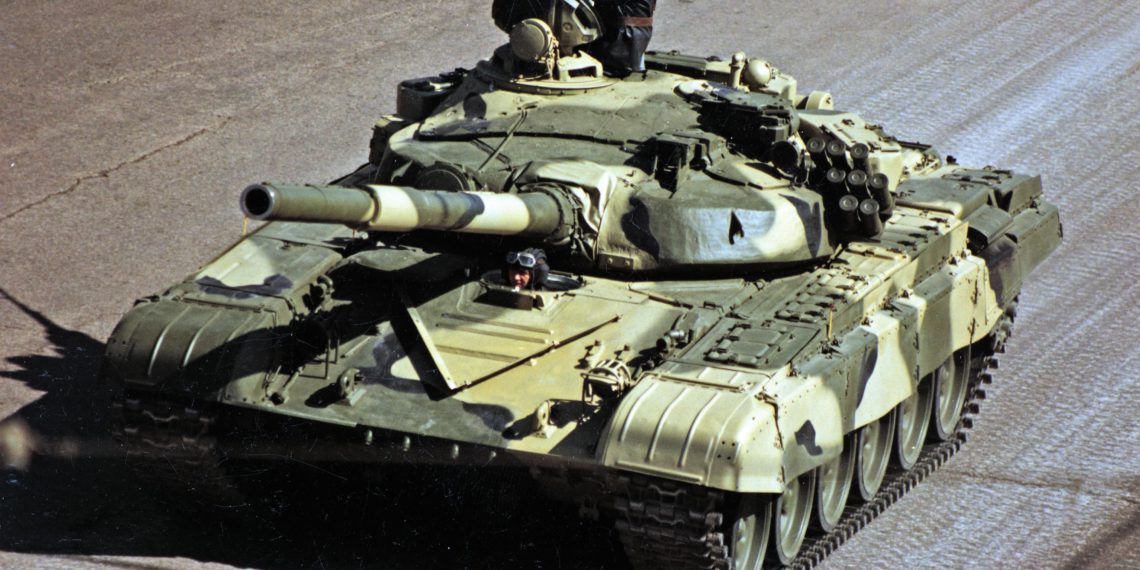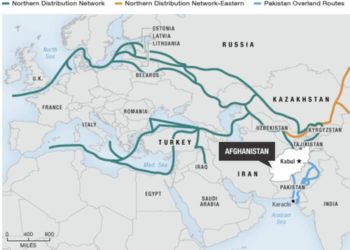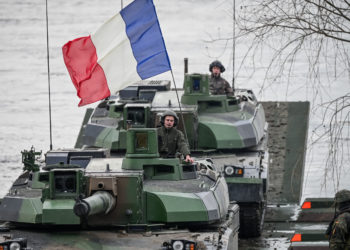T-72B: Soviet Special Armour. The USA long strived to try and acquire Soviet weapons platforms during the Cold War. Throughout the 1980’s, both the Pentagon and the CIA were obsessed with getting their hands on the Soviet T-72 MBT. The T-72 entered production in 1971 and entered service in 1973. The T-72 was a direct result of the introduction into Soviet service of the T-64: The T-64 was innovative. It was also expensive and slow to produce. The Soviets decided to introduce a simpler/cheaper platform and therefore adopt a High/Low system for their procurement. The T-64 would be dedicated to elite/breakthrough units while the T-72 would become the workhorse of the Soviet army (as well as being the main tank of most Soviet clients/partners and Warsaw Pact members). In case of a war with NATO, the T-72 could be easily and quickly mass produced to replenish losses and maintain material numerical superiority over NATO despite high attrition at the front.
In 1982, the CIA published a classified document called “The Soviet T-72 performance”. This analysis of the tank’s capabilities was based on intelligence sources rather than on “hands-on” testing of the platform. The assessment highlighted several factors making the T-72 a potentially formidable opponent indeed.
- The tank’s 125mm gun being larger than the 105mm guns usually found on Western tanks of the era.
- Said gun could fire Kinetic Energy projectiles with a muzzle velocity of 1800 m/s. Faster than the Western 105mm guns could achieve.
- The armour package of the T-72 was said to be impervious to Western Kinetic Energy rounds at ranges greater than 500 metres, at least for the tank’s frontal arc.
- Said armour package was supposed to be able to shrug off TOW and Dragon ATGMs hits.
The summary of this assessment was stark: In the late 1970’s and early 1980’s, The T-72 could outgun Western tanks while expecting to be able to survive most frontal engagements with them. The assessment was however confident in the superiority of Western tank crews and tactics over their Eastern counterparts. The expected T-72 deficiency in night vision was also highlighted. This analysis was sanitised and declassified in 1999.
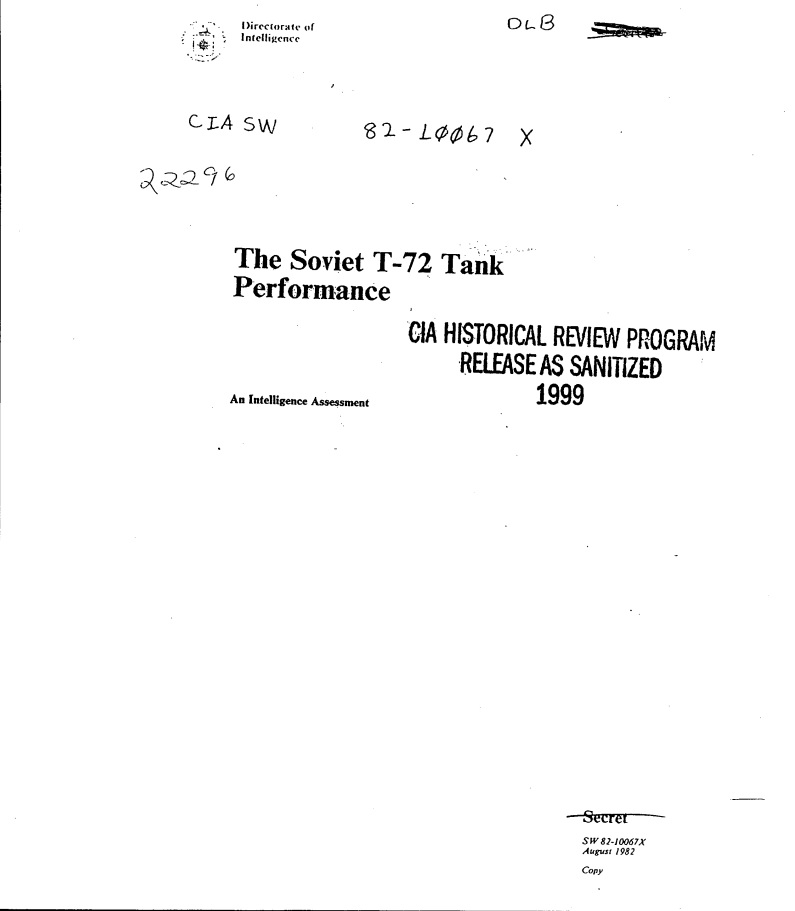
It seems the CIA eventually managed to get its hands on several T-72s as early as in the mid-1980’s. Some sources say Tehran traded captured Iraqi T-72s with the CIA in 1986, while other sources deny this. What is certain is that the Americans, in the end, procured and thoroughly tested/assessed the T-72. The process carried on throughout the late 1980’s.
Then came the Gulf War and the poor performance of the downgraded Iraqi T-72M (export version) seemed to indicate that the West had not only closed the gap on the once formidable T-72, but had actually surpassed it and rendered it obsolete. That is still the image conjured in the imagination of the general public when the T-72 is mentioned.
However, at some point during the 1990’s the Americans managed to get their hands on another prize: An upgraded T-72B! The T-72B was introduced into the Soviet army in 1985. This one was evaluated at the Aberdeen Proving Grounds. This particular report was also partly declassified in 1999. And it seems the T-72B came as a surprise to the team evaluating it. It was by no means perfect, but it was a clever and capable beast indeed!
The T-72B improved on the original T-72 Ural and subsequent T-72A so much so that it could be considered as a new class of Soviet tank, rather than just be seen as a simple upgrade. The T-72B armour package in particular astonished the Americans. Cavities were built in on either side of the turret. This gave the T-72B curves that earned it the nickname “Super Dolly Parton” (The T-72A’s uparmoured turret had already received the moniker “Dolly Parton”).
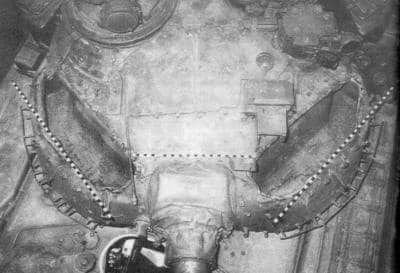
The cavities on the T-72B turret were filled with around 20 armour plates consisting of three layers glued together. Each 3 plate sandwich was 30mm thick and made up of one 21mm heavy armour plate, one 6mm rubber plate and one 3mm thin metal plate. As the sandwhiches were glued together, 22mm spacers were used on each heavy armour plate to create spacing between each array/sandwich. Once assembled, those composite armour plates were dropped into the cavities on either side of the T-72B turret. They were wedged into place by a thick 45mm heavy armour plate fitted at the back of the cavity (interior cavity wall separating the cavity from the inside of the turret). Those plates inside the cavities were arrayed at an angle of roughly 55 degrees from the tank’s main gun. The Americans had gotten their hands on a Soviet Special Armour Package.
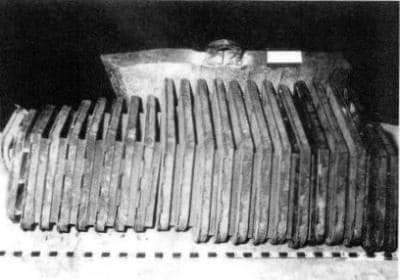
This armour package provided the T-72B with a large degree of protection against HEAT projectiles: Upon hitting the turret, a HEAT molten jet would find itself “confined” inside the cavity, pushed away from the centre of the turret by the angled plates and seeing its energy being dissipated by the composite armour (air-heavy armour plate-rubber plate-thin metal plate-repeat). It was also evident that the plate assembly inside the cavity would move under impact, further dissipating the energy of the projectile.
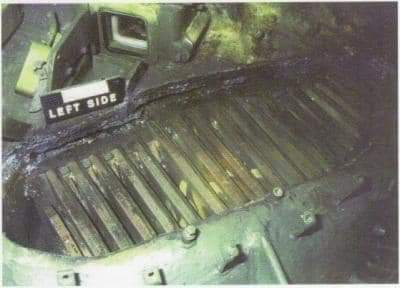
Those cavities inside the T-72B turret provided the Soviets with the ability to change the makeup of the special armor package either on the production lines or at depot-level during a modernisation/upgrade cycle. Most importantly, this system enabled the Soviets to give their T-72 tanks protection levels almost on par with their US and NATO counterparts (At the time of introduction). This was done while preserving the T-72 low silhouette and weight, in contrast with the Western tanks getting increasingly boxy and heavy. This clever solution was also cheaper.
The T-72B demonstrated to Western planners that the T-72 platform could indeed be improved upon to levels initially thought unapproachable by the West. Today, the Russian army fields the T-72B3 Obr.2016. And while this platform is not on par with Western tanks in terms of firepower and armour protection, it is very close indeed. Close enough to represent a credible threat. The T-72 is not the best. But it is still good enough. And it is still cheaper to produce and field than its Western equivalents…

